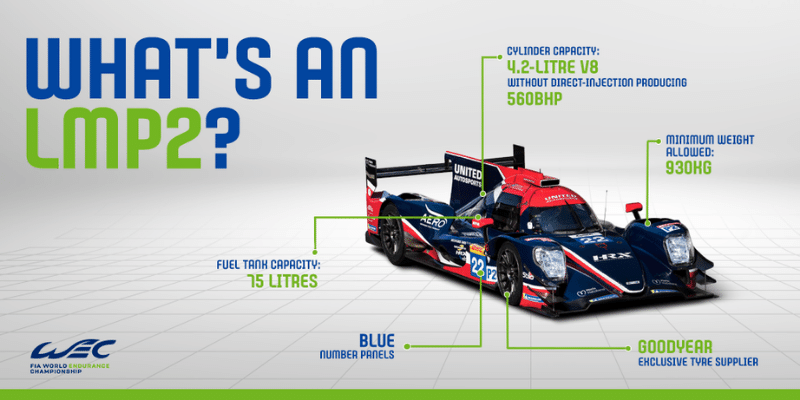What It Takes to Make LMP2 Thrive
Since the mid-2000s, LMP2 has dominated ACO-rules prototype racing. Despite poor results in the world’s greatest racing championships, most notably the European Le Mans Series, a single chassis, the ORECA 07, currently dominates the market. This year, 27 cars participated in the class at Le Mans.

According to those in positions of power, the class may be forced to undergo a considerable rethink rather than a transfer to new technology by 2025.
The GT class will switch from a GTE-based formula to a GT3-based formula, a huge development for the sport.
To increase the sport’s worldwide audience, obtain a level of commercial activity rarely (if ever) witnessed in this field of sport.
GT3 racing has piqued the interest of manufacturers, as well as teams and individuals interested in competing.
During the season, drivers from both classes may compete on the FIA World Endurance Championship grid. In our perspective, there is no reason why not. The LMP2 will be dealt with shortly.
A grid with two separate automobile classes would make it easier to grasp, explain, follow, and execute. By having two, three, four, or even more divisions, every aspect of sportscar racing may be retained.
Aside from the 24 Hours of Le Mans, there would be no “stratification” or assurance that each class would have a unique performance window Beyond these basic, usually unidimensional parameters, the present LMP2 market is just one of several to consider.
Because of the shorter, European-based (and hence more expensive) COVID calendar, the WEC entrance fee has been artificially raised. It’s hardly surprising that teams are overworked given the high cost of practically everything.
Many of the teams who rely on Pro-Am racing for new equipment do not appear to have a bright future. Given the present economic situation, maintaining raw material and transportation prices at LMP2 may be difficult.
Anyone would appreciate any cost-cutting strategies that may be implemented while retaining the intrinsic performance of the class (if not unanimously).
What is the feasible solution?
In order to come up with a radical solution, it may be necessary to contact both the teams’ and the consumers’ customers.
The cost of arranging extra events, particularly long-distance races, justifies LMP2’s removal from the World Endurance Championship.
Energizing groups may be accomplished in a variety of ways. Because the ELMS and Asian Le Mans Series do not have a Hypercar class, LMP2s can have 600 horsepower. Only at Le Mans will the number of cars on the course be limited.
The ELMS and Asian LMS schedules are less expensive and time-consuming for American drivers than a full WEC season.
If the 24 Hours of Le Mans is to be a success, invitations must be delivered in an original manner.
Because there are about 20 ELMS entries, at least 10 of the top-performing cars must be invited to the season’s most important race. If you pick based on championship merit, you will get the best.
Asia-Pacific teams should be allowed to return, while European teams should be given a second chance to compete in the Asian series. A significant number of invites are required to promote attendance.
It is up to those with a better understanding of the present cost position to determine if this applies to current or new models (and it IS a crisis). Deferring the purchase of a new automobile may benefit certain people.
When the next wave of manufacturer interest wanes, the public’s image of sports facilities must shift. It is now vital to examine the paddock’s requirements in order for it to thrive.


